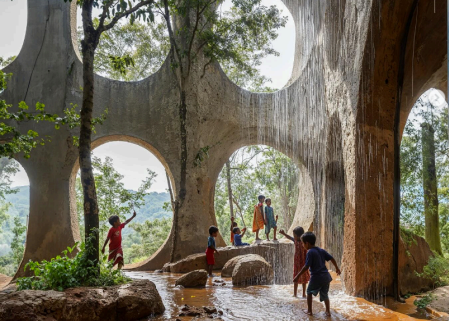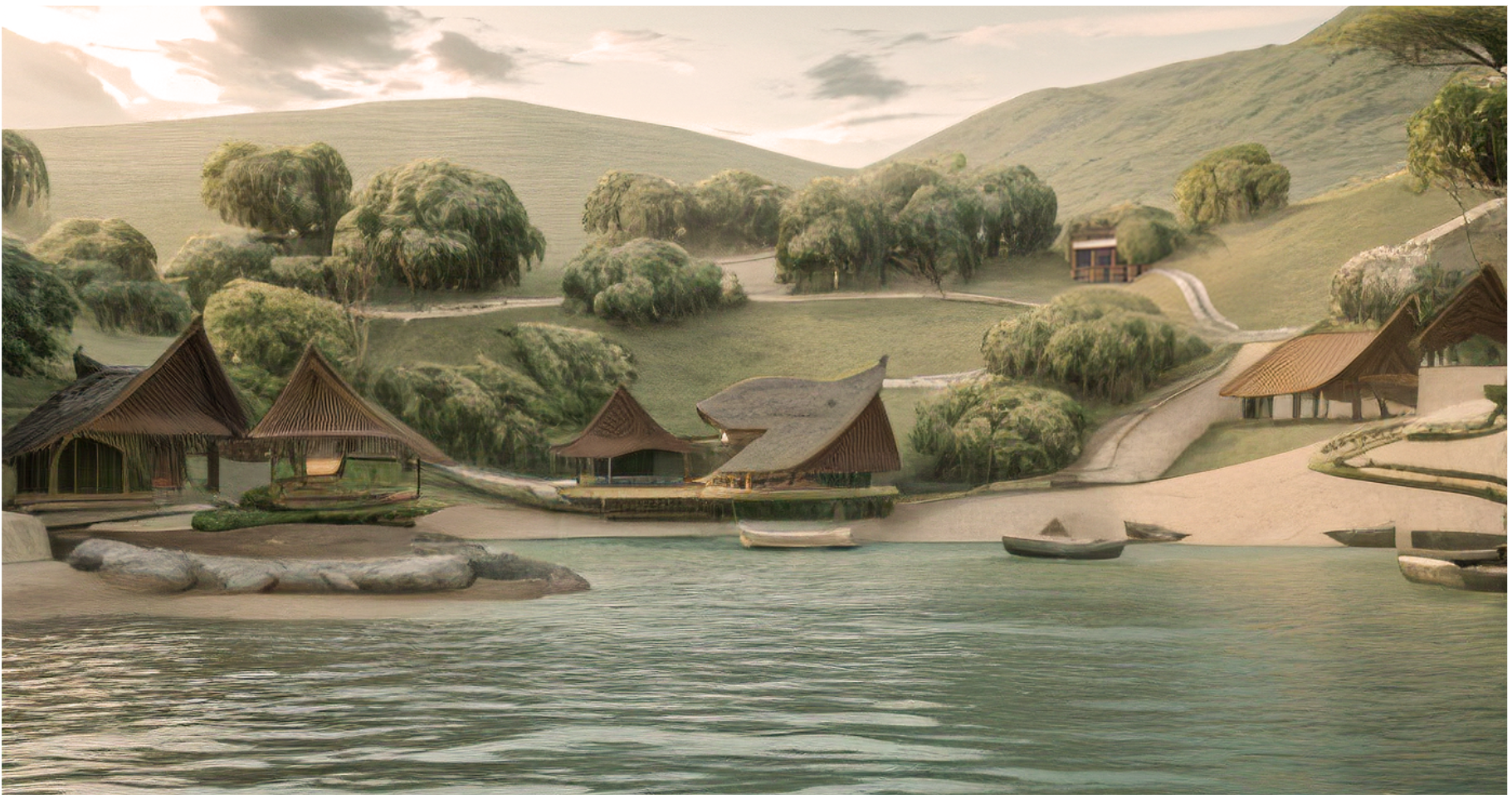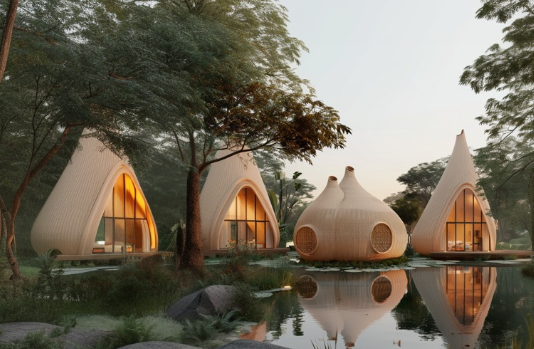
Credits: Carlos Bañon Blazquez Imagine Schools of Nature, 2023
When built environments are destroyed through natural or manmade disasters, an opportunity presents itself to rebuild, this time with more sensitivity, care, and inclusion. Care towards the biological world, sensitivity towards the human condition when faced with traumatic loss, and inclusion towards future cultures rooted in new citizenships.
This seminar will explore how designers can use newly developed digital tools to imagine futures that benefit community and ecology, while nurturing the bond between the human and natural world. We will define strategies for collecting and codifying qualitative data related to vulnerable communities, which will in turn be used as design drivers to invent buildings that nurture the environments they inhabit, and the people who inhabit them.
From a generic design perspective, this seminar offers a platform to explore a data-driven design ideation process that links established digital design tools to experimental, open-access visualisation software. This workflow facilitates the rapid production of images visualising complex associations derived from the codification of intangible concepts and qualitative inputs. Therefore, the investigation of this workflow should ultimately provide designers with a set of customizable tools to be used during the brainstorming phase of any design process, and to facilitate the foundational conception of a complex design brief.
Learning Objectives
At course completion the student will:
- Identify and develop techniques for the collection and codification of qualitative data and complex inputs;
- Critical analysis and rapid development of a design language that is derived from complex associations and rooted in multifaceted design criteria;
- Explore and understand techniques to link digital design tools commonly employed by architects to experimental image generation software;
- Rigorous interrogation of the role of digital tools and advanced design techniques in enriching the human experience, nurturing communities, and fostering the relationship between nature and culture.









